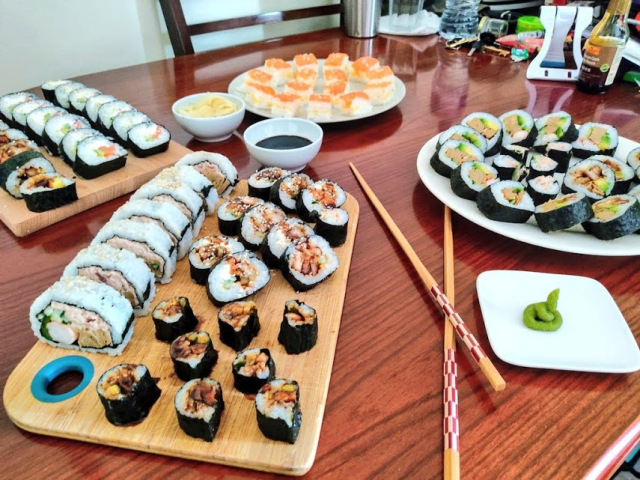
After catering to people from over 15 countries at events, there are some clear winners and losers in the world of Japanese cuisine.
When you take your taste buds on a journey into the world of foreign cuisine, you’re bound to discover some dishes that are easy on the palate while others may take a bit more getting used to.
That’s what our Japanese-language reporter Miho Kazuki found when she moved to Ireland to study. Not only did she learn about her own likes and dislikes; after preparing traditional Japanese dishes for numerous cultural exchange activities she discovered some things about how foreigners respond to food from her home country as well.
During her time overseas, Miho has served Japanese food to foreigners from over 15 countries across Europe, Asia and America, and after repeated trial and error to cater to their palates, she’s found the top five dishes that foreigners want to eat. So let’s get to it and look at the results below!
5. Nikujaga
This dish of simmered potatoes, carrots, onions and meat is a combination people from a lot of countries are familiar with, so there’s nothing that stands out as too unusual here. Even the salty sweet seasoning of soy sauce and sugar is one that’s pleasing to a wide range of palates, so if you’re looking for somewhere safe to begin your journey into Japanese food that’s slightly less well-known, this is a great place to start.
▼ The warm and homely flavours of nikujaga.
4. Ramen
Noodles exist pretty much everywhere, but Japanese ramen is particularly loved for its tasty broth, the most popular of which is soy, miso or tonkotsu (pork bone). Hearty and delicious, a big bowl of steaming hot ramen is another popular choice for foreign palates.
3. Okonomiyaki / Gyoza
Despite being separate dishes, these Osaka-born staples have an equally strong likability factor. Okonomiyaki (okonomi translates to “as you like it” while yaki means “grill”) is often described as a “savoury pancake”, due to the fact that it’s made with cabbage and a milk-egg-flour batter. Add in the fact that the diner gets to choose additional ingredients like pork or cheese to add to the cabbage-and-batter base, and you have a plate of fried goodness with wide-ranging appeal.
Gyoza, or “pot stickers” as they’re known in some countries, are another crowd pleaser, with their pork-and-vegetable filling providing a juicy counterpart to the chewy texture of the dumplings.
▼ Gyoza (top) and okonomiyaki (bottom).
Note the okonomiyaki is missing the usual mayonnaise, seaweed and katsuoboshi fish flake topping, but the BBQ-sauce-like okonomiyaki sauce is well-loved by all.
2. Karaage
Once you learn that karaage refers to deep-fried chicken, it’s easy to understand why this comes in at number two on Miho’s list of popular foods. Japanese fried chicken is typically served with a wedge of lemon to cut through the oiliness of the delicious crunchy coating.
1. Sushi
Coming in at the number one spot on the list is…sushi! In Japan, the word “sushi” brings images of nigiri sushi (“moulded” sushi, with rice on the bottom and a morsel of seafood on top) to mind, but Miho quickly learned that “sushi” to foreigners usually means “norimaki” (“seaweed roll”). The fillings loved by Miho’s overseas friends aren’t what you’d usually find in Japan either, with ingredients like smoked salmon and cream cheese, and teriyaki chicken being some of the most popular.
Just as there are favourite foods, Miho found there are some dishes and ingredients that don’t quite hit the mark for foreigners. Surprisingly, although norimaki is hugely popular, Miho says seaweed on its own is not. After asking her friends about it, the reasons for its unpopularity stem from its black appearance and paper-like texture, which makes it look “ugly”. In Japan, the crispy texture is what makes it so popular, with strips of seaweed commonly eaten with rice at breakfast.
Another dish that’s yet to get a rave response from all the people she’s catered for is Dashimaki Tamago. This rolled omelette, flavoured with a sweet dashi fish soup stock, has a subtle flavour which foreigners have described to Miho as “flat”. This indicates to Miho that people from abroad respond better to dishes with a punchier sauce or soy sauce flavouring.
So there you have it–the best Japanese dishes for foreigners, with a couple of duds thrown into the mix as well. Like all best and worst lists, this ranking will no doubt spark up some heated debate amongst foodies so let us know what you think in the comments section below!
And if you’re looking to recreate some of these traditional Japanese dishes at home, these easy-to-follow instructional videos by actor Hiro Mizushima will help you achieve that authentic flavour you’ve been looking for.
Photos © SoraNews24
● Want to hear about SoraNews24’s latest articles as soon as they’re published? Follow us on Facebook and Twitter!
[ Read in Japanese ]

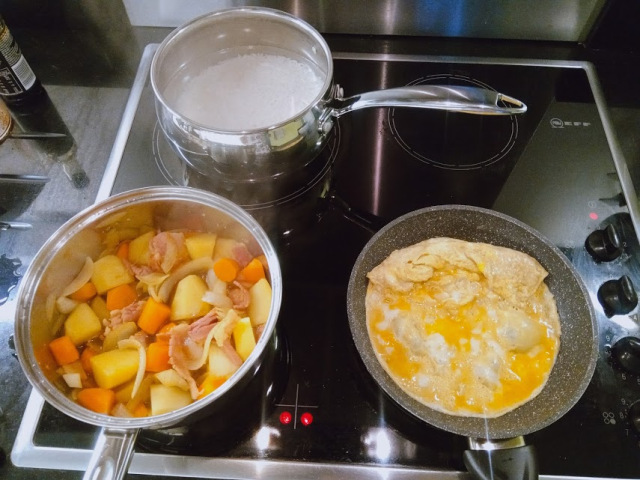
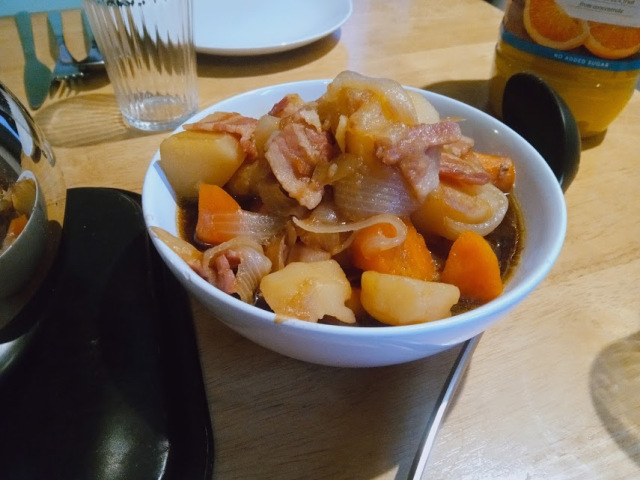
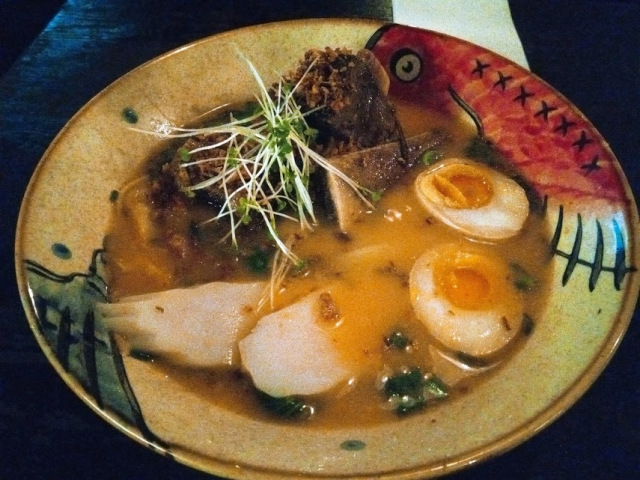

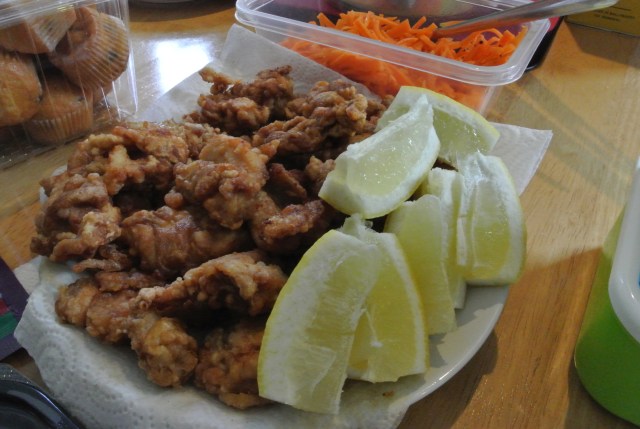
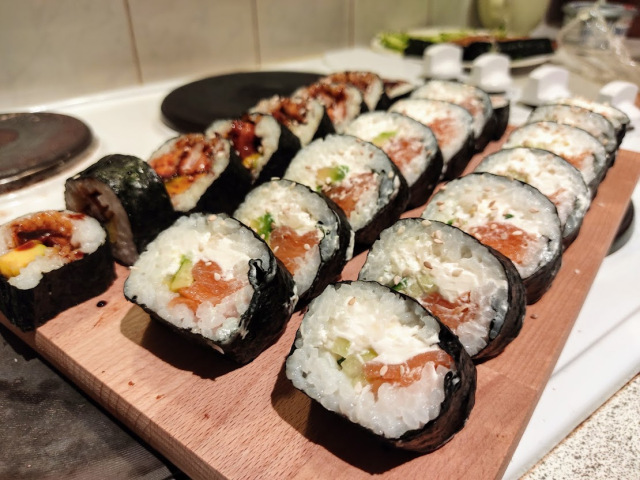

 The top 30 foods that go best with white rice, according to Japanese netizens
The top 30 foods that go best with white rice, according to Japanese netizens BonAppetour startup lets you cook and dine with Tokyo locals in their homes
BonAppetour startup lets you cook and dine with Tokyo locals in their homes The top 30 restaurants in Japan, as chosen by foreign visitors
The top 30 restaurants in Japan, as chosen by foreign visitors Why Gonpachi Nori-Temaki in Harajuku is a great Japanese restaurant for foreign tourists
Why Gonpachi Nori-Temaki in Harajuku is a great Japanese restaurant for foreign tourists Lawson convenience store teaches us how to make okonomiyaki with no knife or bowl 【SoraKitchen】
Lawson convenience store teaches us how to make okonomiyaki with no knife or bowl 【SoraKitchen】 Japanese beef bowl chain Sukiya’s 2026 Smile Box lucky bag basically pays for itself
Japanese beef bowl chain Sukiya’s 2026 Smile Box lucky bag basically pays for itself We revisited Sweets Paradise after a decade to see if Japan’s dessert buffet still delivers
We revisited Sweets Paradise after a decade to see if Japan’s dessert buffet still delivers Survey finds more than 70 percent of Japanese children have an online friend
Survey finds more than 70 percent of Japanese children have an online friend What’s it really like to climb Mt Fuji?
What’s it really like to climb Mt Fuji? 7-Eleven Japan’s ramen-cooking robot whipped us up a bowl of noodles【Taste test】
7-Eleven Japan’s ramen-cooking robot whipped us up a bowl of noodles【Taste test】 What’s the best way to spend 1,000 yen at the Seria 100-yen chainstore in Japan?
What’s the best way to spend 1,000 yen at the Seria 100-yen chainstore in Japan? Burgers soaked in a plate of hot cheese served at American Diner Andra in Tokyo
Burgers soaked in a plate of hot cheese served at American Diner Andra in Tokyo Shake Udon one-hand takeout bukkake noodle cups look to shake udon eating in Japan【Taste test】
Shake Udon one-hand takeout bukkake noodle cups look to shake udon eating in Japan【Taste test】 Cup Noodle tries an authentic Jiro-style ramen, but something’s not quite right
Cup Noodle tries an authentic Jiro-style ramen, but something’s not quite right We take a ride on Seibu Railway’s futuristic luxury liner: the Limited Express Laview
We take a ride on Seibu Railway’s futuristic luxury liner: the Limited Express Laview Starbucks Japan ready to get Year of the Horse started with adorable drinkware and plushies【Pics】
Starbucks Japan ready to get Year of the Horse started with adorable drinkware and plushies【Pics】 Hayao Miyazaki says Happy New Year to Studio Ghibli fans with new art for Year of the Horse
Hayao Miyazaki says Happy New Year to Studio Ghibli fans with new art for Year of the Horse 7 great places to see Mt. Fuji from without having to climb it
7 great places to see Mt. Fuji from without having to climb it We found possibly the quietest Japanese-style hotel in Tokyo’s bustling Shinjuku district
We found possibly the quietest Japanese-style hotel in Tokyo’s bustling Shinjuku district Hello Kitty Choco Egg figures are an adorable trip through three periods of Japanese pop culture【Pics】
Hello Kitty Choco Egg figures are an adorable trip through three periods of Japanese pop culture【Pics】 Japan’s oldest largetooth sawfish in captivity back on display in Mie Prefecture
Japan’s oldest largetooth sawfish in captivity back on display in Mie Prefecture Cyberpunk anime meets traditional culture in Ghost in the Shell gold leaf Japanese changing screens
Cyberpunk anime meets traditional culture in Ghost in the Shell gold leaf Japanese changing screens The best Starbucks Japan Frappuccinos we want to drink again in 2026
The best Starbucks Japan Frappuccinos we want to drink again in 2026 7-Eleven Japan starts new temporary luggage storage service in over 300 branches
7-Eleven Japan starts new temporary luggage storage service in over 300 branches Disillusionment at Tsukiji’s tourist-target prices led us to a great ramen restaurant in Tokyo
Disillusionment at Tsukiji’s tourist-target prices led us to a great ramen restaurant in Tokyo Starbucks teams up with 166-year-old Kyoto doll maker for Year of the Horse decorations【Photos】
Starbucks teams up with 166-year-old Kyoto doll maker for Year of the Horse decorations【Photos】 Tokyo considering law requiring more trash cans following litter increase in heavily touristed area
Tokyo considering law requiring more trash cans following litter increase in heavily touristed area Tokyo’s Tsukiji sushi neighborhood asks tour groups to stay away for the rest of the month
Tokyo’s Tsukiji sushi neighborhood asks tour groups to stay away for the rest of the month Tokyo event lets you travel back in time, for free, to celebrate 100 years since Showa era start
Tokyo event lets you travel back in time, for free, to celebrate 100 years since Showa era start Sanrio theme park in Japan announces plans to expand into a Sanrio resort
Sanrio theme park in Japan announces plans to expand into a Sanrio resort Japan may add Japanese language proficiency, lifestyle classes to permanent foreign resident requirements
Japan may add Japanese language proficiency, lifestyle classes to permanent foreign resident requirements Stamina-destroying “Paralysis Noodles” are Tokyo’s newest over-the-top ramen innovation
Stamina-destroying “Paralysis Noodles” are Tokyo’s newest over-the-top ramen innovation Survey asks foreign tourists what bothered them in Japan, more than half gave same answer
Survey asks foreign tourists what bothered them in Japan, more than half gave same answer Japan’s human washing machines will go on sale to general public, demos to be held in Tokyo
Japan’s human washing machines will go on sale to general public, demos to be held in Tokyo Japan’s deadliest food claims more victims, but why do people keep eating it for New Year’s?
Japan’s deadliest food claims more victims, but why do people keep eating it for New Year’s? We deeply regret going into this tunnel on our walk in the mountains of Japan
We deeply regret going into this tunnel on our walk in the mountains of Japan Studio Ghibli releases Kodama forest spirits from Princess Mononoke to light up your home
Studio Ghibli releases Kodama forest spirits from Princess Mononoke to light up your home Major Japanese hotel chain says reservations via overseas booking sites may not be valid
Major Japanese hotel chain says reservations via overseas booking sites may not be valid Put sesame oil in your coffee? Japanese maker says it’s the best way to start your day【Taste test】
Put sesame oil in your coffee? Japanese maker says it’s the best way to start your day【Taste test】 No more using real katana for tourism activities, Japan’s National Police Agency says
No more using real katana for tourism activities, Japan’s National Police Agency says Starbucks Japan reveals new sakura drinkware collection, inspired by evening cherry blossoms
Starbucks Japan reveals new sakura drinkware collection, inspired by evening cherry blossoms Updated cherry blossom forecast shows extra-long sakura season for Japan this year
Updated cherry blossom forecast shows extra-long sakura season for Japan this year 10 vegetarian foods you can order at almost any Japanese restaurant
10 vegetarian foods you can order at almost any Japanese restaurant You call that sushi? Ukraine’s take on the Japanese classic
You call that sushi? Ukraine’s take on the Japanese classic Japanese cake becomes a hit with foreign tourists, but is it worth the hype?
Japanese cake becomes a hit with foreign tourists, but is it worth the hype? We try Ajinomoto’s European Chicken Katsu Curry Style frozen gyoza that has no katsu in it
We try Ajinomoto’s European Chicken Katsu Curry Style frozen gyoza that has no katsu in it Japanese pasta dish ranked 24th worst food in the world, but does it deserve that dishonor?
Japanese pasta dish ranked 24th worst food in the world, but does it deserve that dishonor? Japan’s 10 best restaurants, as chosen by foreign travelers
Japan’s 10 best restaurants, as chosen by foreign travelers Japanese American tells of how she was teased in school, and the touching way her mom stepped up
Japanese American tells of how she was teased in school, and the touching way her mom stepped up 10 distinctly Japanese comfort foods
10 distinctly Japanese comfort foods “Flat Takoyaki” at Nanpuu reimagines Japanese street food
“Flat Takoyaki” at Nanpuu reimagines Japanese street food Japanese omelette sushi changes the way we think about makizushi
Japanese omelette sushi changes the way we think about makizushi Japanese ramen chain has some hidden treats on the menu
Japanese ramen chain has some hidden treats on the menu Shima Gyoza: Hidden restaurant sells island dumplings that look like macarons
Shima Gyoza: Hidden restaurant sells island dumplings that look like macarons Okinawa soul food: We try the most epic pork and egg onigiri rice balls in Japan
Okinawa soul food: We try the most epic pork and egg onigiri rice balls in Japan Sushi Ramen restaurant serves up the best of both worlds in one epic Japanese meal
Sushi Ramen restaurant serves up the best of both worlds in one epic Japanese meal The best Osaka souvenir is Okonomiyaki Senbei, and here’s why
The best Osaka souvenir is Okonomiyaki Senbei, and here’s why 5 common misconceptions most westerners have about Japanese food
5 common misconceptions most westerners have about Japanese food
Leave a Reply